Infection After Rhinoplasty: How to Spot It Before It Gets Serious
Facial Plastic Surgery
Just like other cosmetic surgeries, rhinoplasty has some complications, most of which can be prevented or treated by following instructions or taking certain medications. Rhinoplasty infection symptoms, nose job infection, and signs of rhinoplasty rejection are common and sometimes appearance-threatening side effects of nose jobs that should be treated quickly and thoroughly. In this article, we discuss the reasons, signs, and rhinoplasty infection treatment methods and answer some of your questions.
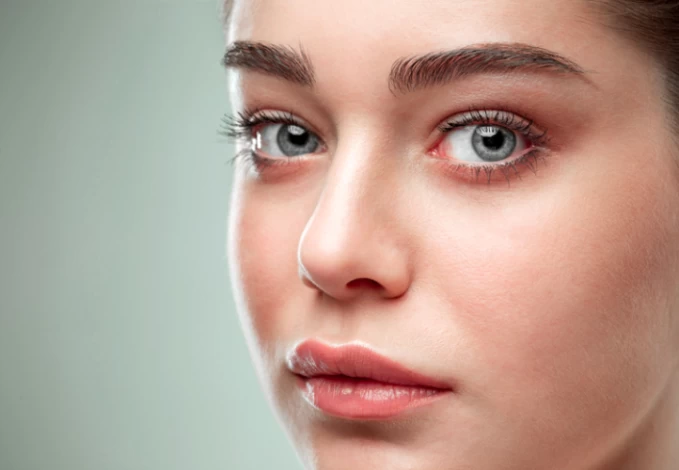
Signs of Infection After Rhinoplasty
Although pain and swelling are common complications of rhinoplasty, they should gradually subside. If the pain, swelling, and bruising do not subside within a week, they can signify a nose infection. The other symptoms of nose surgery infection include:
- Redness on and around the nose;
- Yellow or green pus discharging from the incision site;
- High fever, which does not break by regular medications;
- The incision site and area around is warm or hot;
- Frequent nosebleed;
- A bad smell comes from the incision site.
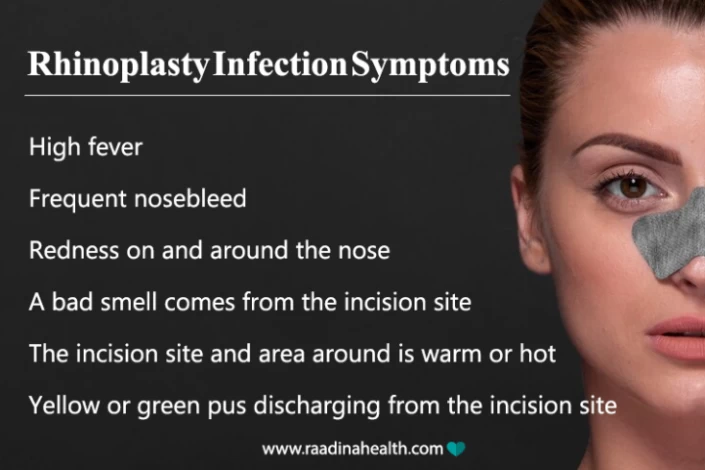
What Causes Infection After Rhinoplasty?
Various factors can cause nose infections after nose reshaping surgery, such as:
- Using un-sanitized or low-quality surgical tools by the surgeon;
- Low-standard clinic or hospital;
- Choosing less skillful and experienced surgeons;
- Bacteria entering from the air;
- Removing too much of the nasal skeleton or tissue which leads to bleeding and infection;
- Scratching the nose or blowing it intensely;
- Having a weak immune system;
- Using unsterilized tampons and bandages;
- Inserting a finger or a foreign object into the nose;
- Having underlying diseases;
- Keeping stitches wet after showering or washing the face;
- Having a sinus infection before the surgery;
- An allergy to some pharmaceutical and medical substances, such as non-absorbable Prolene sutures.
Is Rhinoplasty Infection Dangerous?
While oral or intravascular antibiotics can treat rhinoplasty stitches infection, identifying the cause and preventing recurrence is crucial. Usually, the initial signs of rhinoplasty infection (fever, nosebleed, and green fluid discharge) emerge 3 to 7 days after the operation. Careful observation of these rhinoplasty infection symptoms is essential, as once the infection enters the bloodstream, it can spread throughout the body, causing an inflammatory reaction, shortness of breath, and even a heart attack.
How to Avoid Infection After Rhinoplasty?
In order to prevent infection after rhinoplasty treatment, first and foremost, you must spend lots of time finding a reputable surgeon and a clean and sterile clinic. As most rhinoplasty stitches infections are related to postoperative care, consider the following tips:
- Visit your surgeon frequently;
- Keep the stitches and incision site clean and dry. You can use saline water and a sterile cotton pad to clean your nose and remove the crusts formed around your stitches;
- Avoid applying pressure on your nose while you are recovering;
- Refrain from smoking tobacco;
- Do not have too hot or too cold drinks as well as spicy food;
- Change bandages and tampons just as your doctor has suggested;
- Have a healthy diet to boost your immune system and stay hydrated;
- Sterile your hands before changing bandages;
- Use a nasal aspirator bulb to rinse your nose without hurting it;
- Avoid going to crowded and polluted places;
- Sanitize the area around the incisions repeatedly;
- Contact your doctor as soon as you notice the first symptoms of rhinoplasty infection.
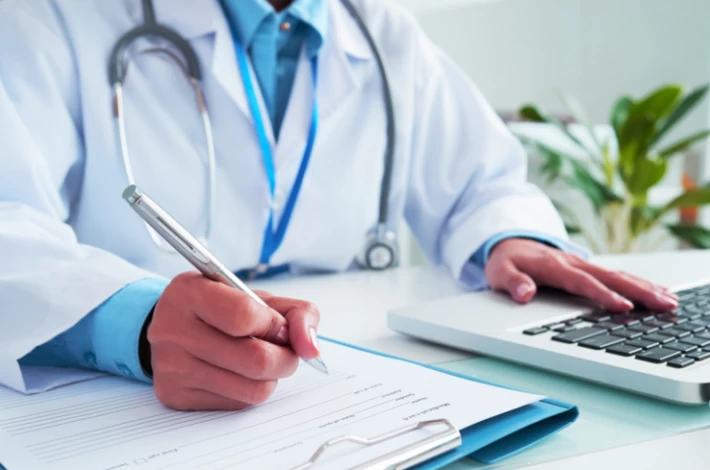
How to Recognize Infection after Nose Reshaping Surgery?
The most reliable ways to recognize infection after rhinoplasty are checking for its signs and getting a checkup. Suppose you have serious rhinoplasty infection symptoms such as fever, excessive swelling, chronic pain in your nostrils and forehead, difficulty breathing, pus-like drainage, and rotten smell in your nose after the surgery. In that case, you should seek immediate help from a specialist. Also, your surgeon can detect graft infection by examining your nose and breathing.
Rhinoplasty Infection Treatment
Three methods can be used to treat rhinoplasty infection: rinsing the nose, using ointments, and taking antibiotics. In the following, each of these methods is discussed in detail:
Rinsing the nose to treat nose infection
After rhinoplasty cosmetic surgery, you must wait one or two weeks before rinsing the nose because the stitches should not get wet during recovery. After this period, you can dampen a Q-tip in saline serum and clean the nostrils. Remember that you should not insert the Q-tip too far into the nostril, as the excessive pressure of the cotton swab will damage the nasal membrane and skin. So, it’s better to clean your nose carefully, patiently, and according to your surgeon's guidance.
You can also use saline drops or spray to moisten and clean the nose. These products prevent the nostrils from drying out and wash away blood clots and nasal infections.
Using ointments for nose infection after rhinoplasty
In case of a moderate nose infection, the doctor usually prescribes creams or ointments such as Gentamicin or Mupirocin to reduce the infection. These ointments have antibiotic and disinfection properties. With the help of a Q-tip, the nostrils' inner surface and the nasal infection's exact location can be smeared with ointment. The amount of ointment you should use must be based on your doctor's prescription; otherwise, it may cause nose inflammation and scars.

Taking antibiotics for nose infection after rhinoplasty
After rhinoplasty, your plastic surgeon prescribes oral or intravascular antibiotics, all of which must be taken on time. Many people stop taking their medicines after one or two days, assuming they don't have a problem or serious infection, while the chance of infection in stitches is very high right after a nose job. So, take a full course of antibiotics to prevent or treat infection after the surgery.
Bad Smell in Nose after Rhinoplasty
After nose reshaping surgery, you may experience an infectious smell in your nose, which probably goes away after a week or two.This bad smell is not always one of the rhinoplasty infection symptoms. It can come from blood clots, sutures, or mucus inside the nose. However, if it is persistent and makes your breath smelly, too, it can be a symptom of stitches infection. Notably, the cause of the rotten smell in the nose should be identified as soon as possible. If it is an infection, you can easily treat it with oral antibiotics and saline sprays while it has not progressed yet.
Contact us for a free initial consultation about Rhinoplasty
FAQs on Rhinoplasty Infection
Is rhinoplasty infection common?
Yes, infection is the most serious and common complication of rhinoplasty. Of course, most stitche infections can be treated after taking antibiotics.
Do I need another surgery because of a nose infection?
If the infection is too severe, the surgeon should remove it surgically. In some rare cases, the surgeon has to lift the nasal skin and replace the implants.
Can wearing makeup cause a nose infection after rhinoplasty?
Using nonstandard and low-quality cosmetic products can cause nose infections. Also, it is suggested not to wear makeup until your wounds are completely healed, especially foundation and powders.
Can my underlying conditions cause rhinoplasty infection?
People with underlying medical conditions such as sinus infection, allergy, asthma, and diabetes are more at risk of rhinoplasty infection.
How do you know if you have infected rhinoplasty?
You probably have infected rhinoplasty if you faced skin complications after rhinoplasties, such as fibrosis, numbness in the incision site, cysts caused by mucus or subcutaneous granuloma, or fever and repeated nosebleeds.
Is it common to get a sinus infection after rhinoplasty?
Yes, getting a sinus infection is a common complication of rhinoplasty. The main signs of sinus infection are the swelling of the sinuses and pus discharging from the nose.
Is it possible to get a nose infection after revision rhinoplasty?
In revision rhinoplasty, the stitches are made on scarred tissue, so the chance of getting a stitch infection is high after this procedure. Taking antibiotics and maintaining good hygiene are the keys to preventing infection after revision rhinoplasty.
What does yellow mucus after rhinoplasty indicate?
Yellow mucus can be a sign of infection, though mild discoloration may occur during normal healing. Persistent yellow or foul-smelling discharge should be checked by your surgeon immediately.

 WhatsApp
WhatsApp
 Telegram
Telegram
 Facebook
Facebook
 Email
Email
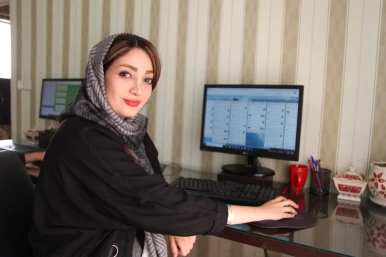



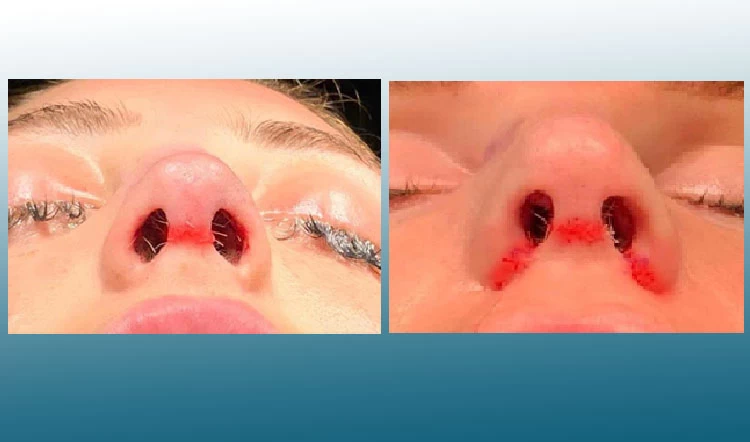

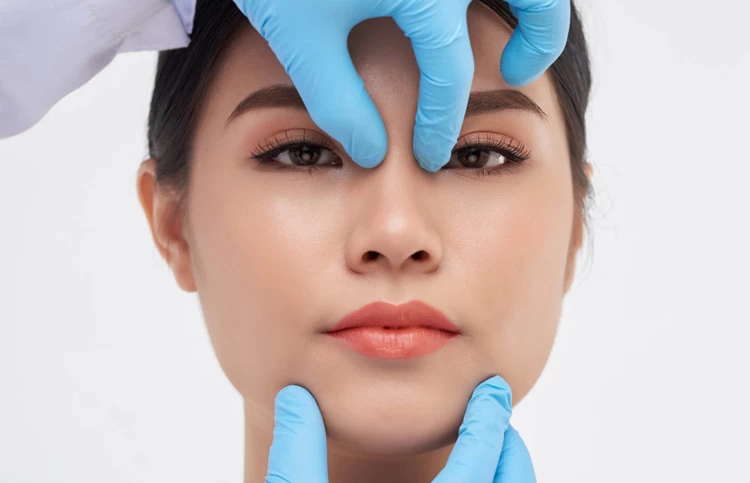
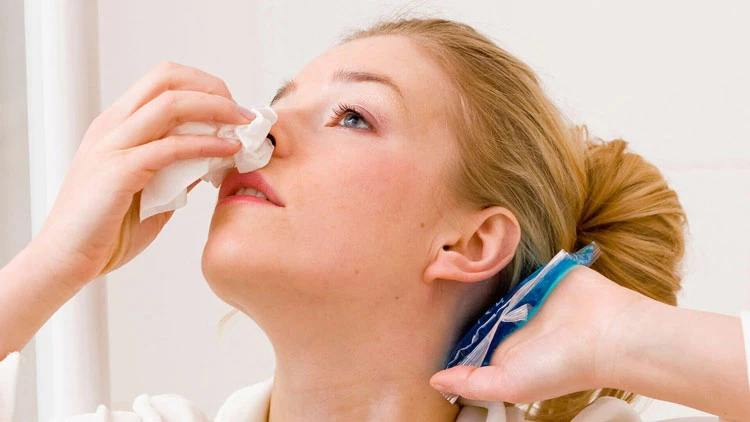
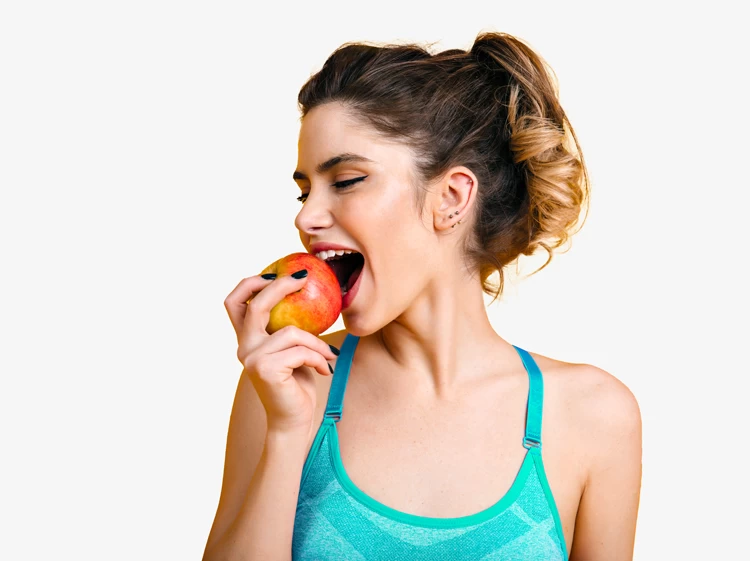

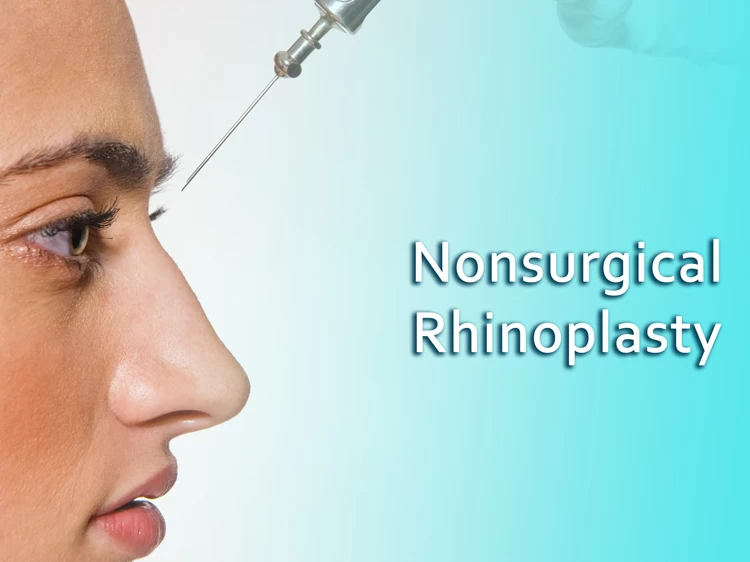
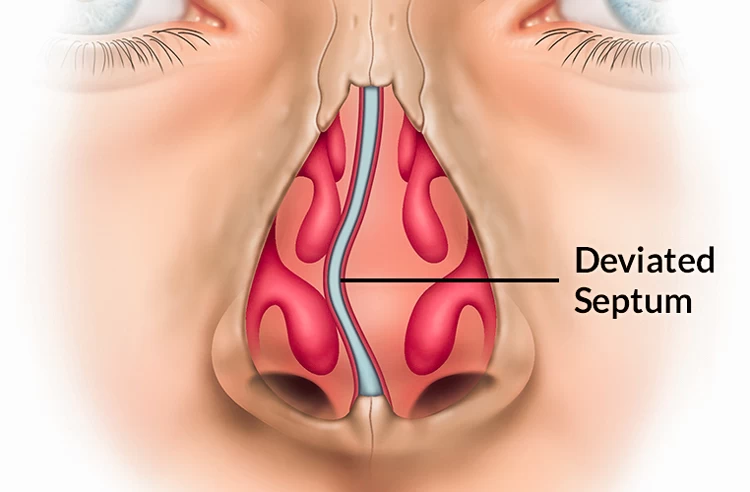
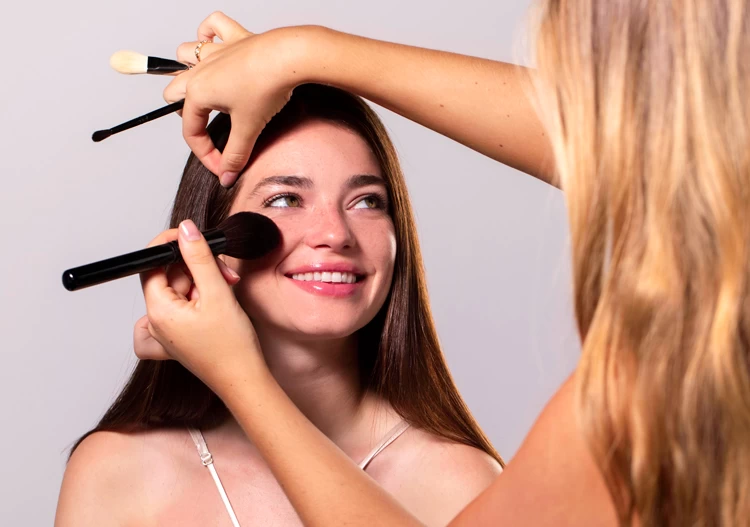

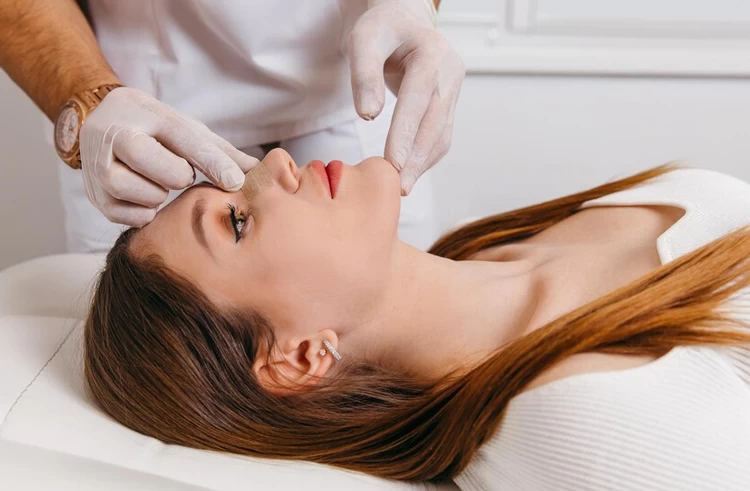

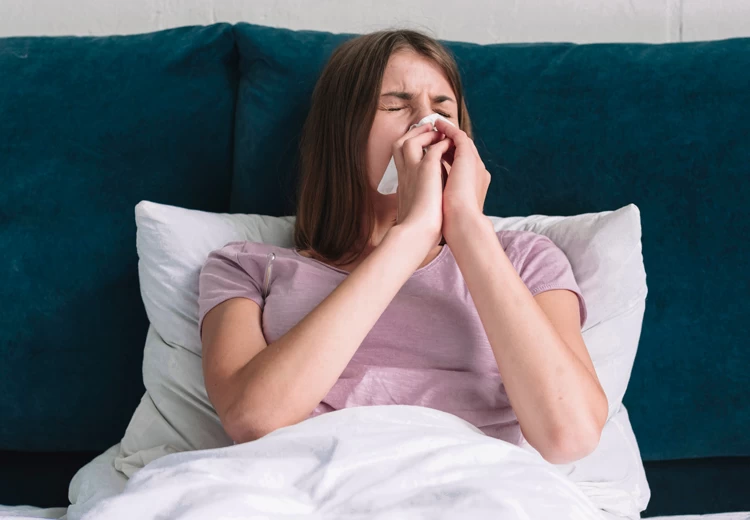
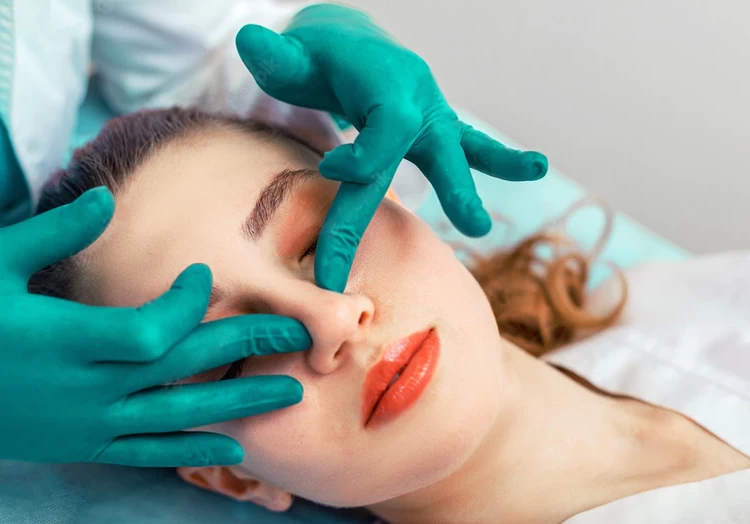
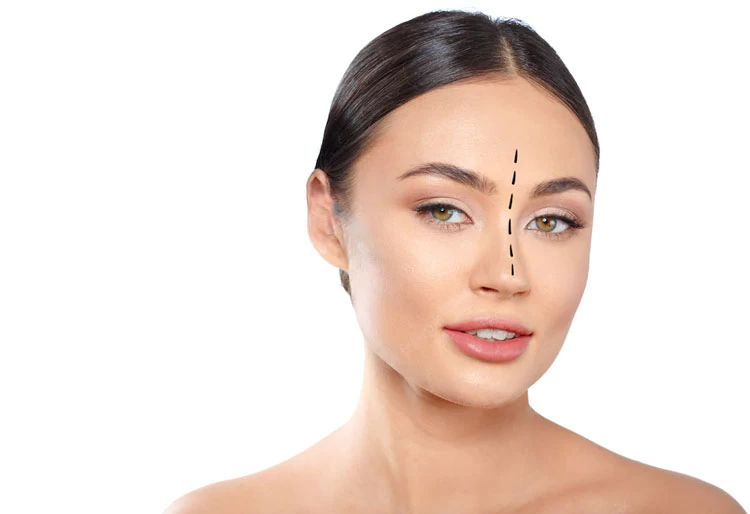


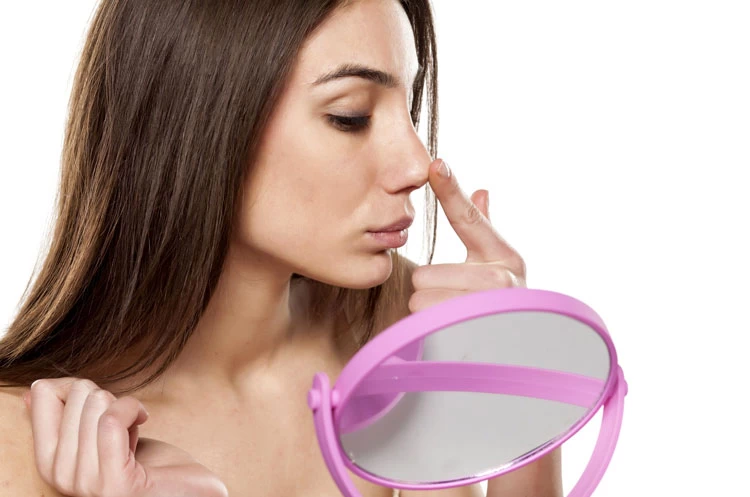
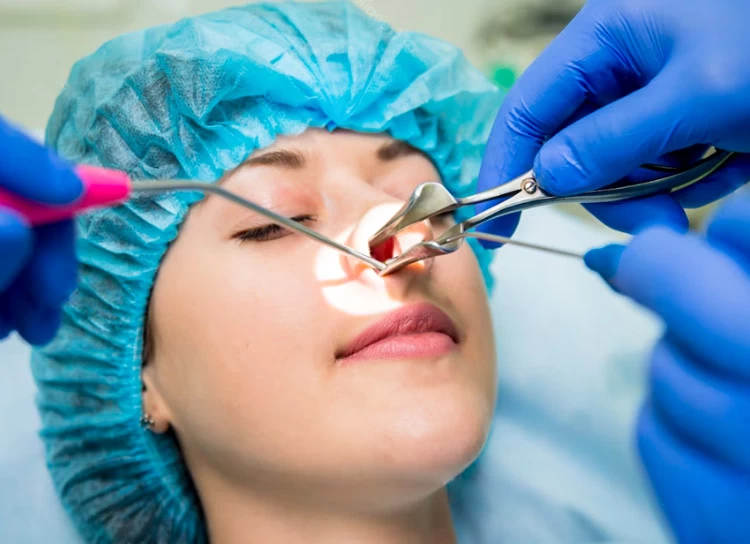

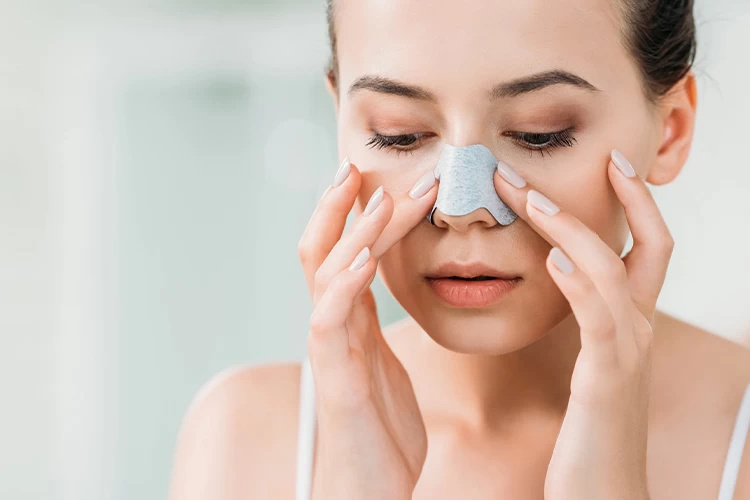
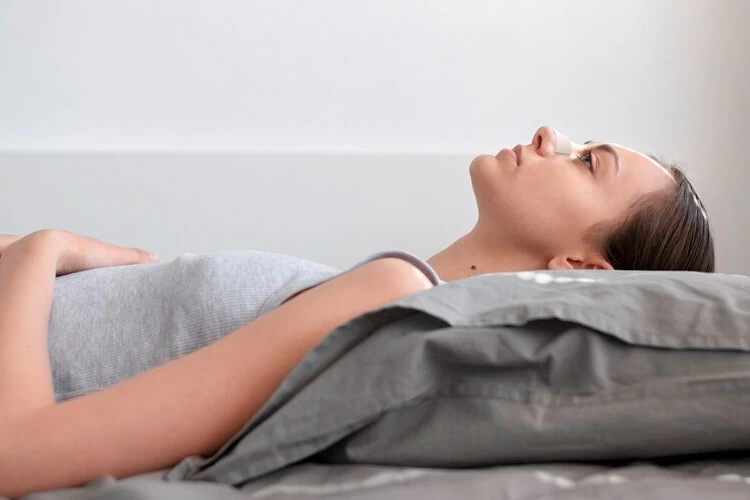

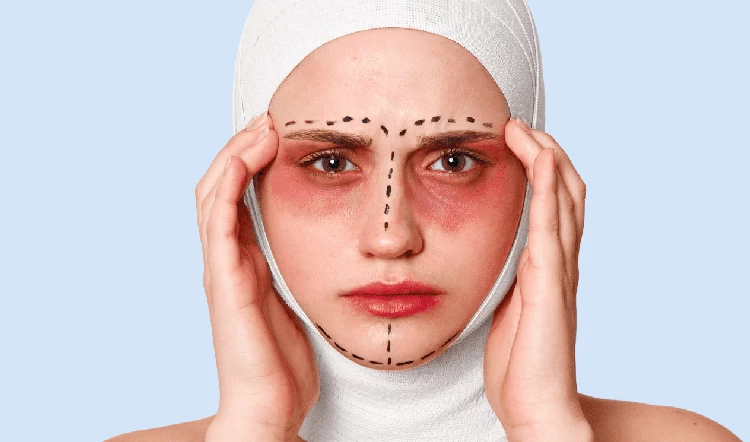
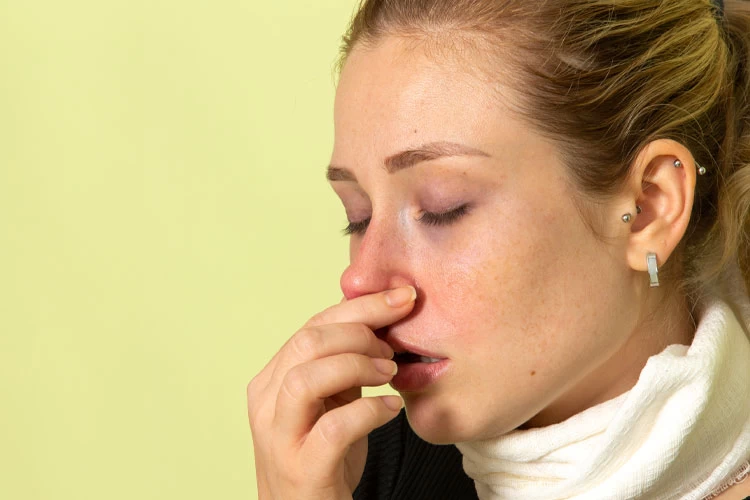
No reviews
Your comment